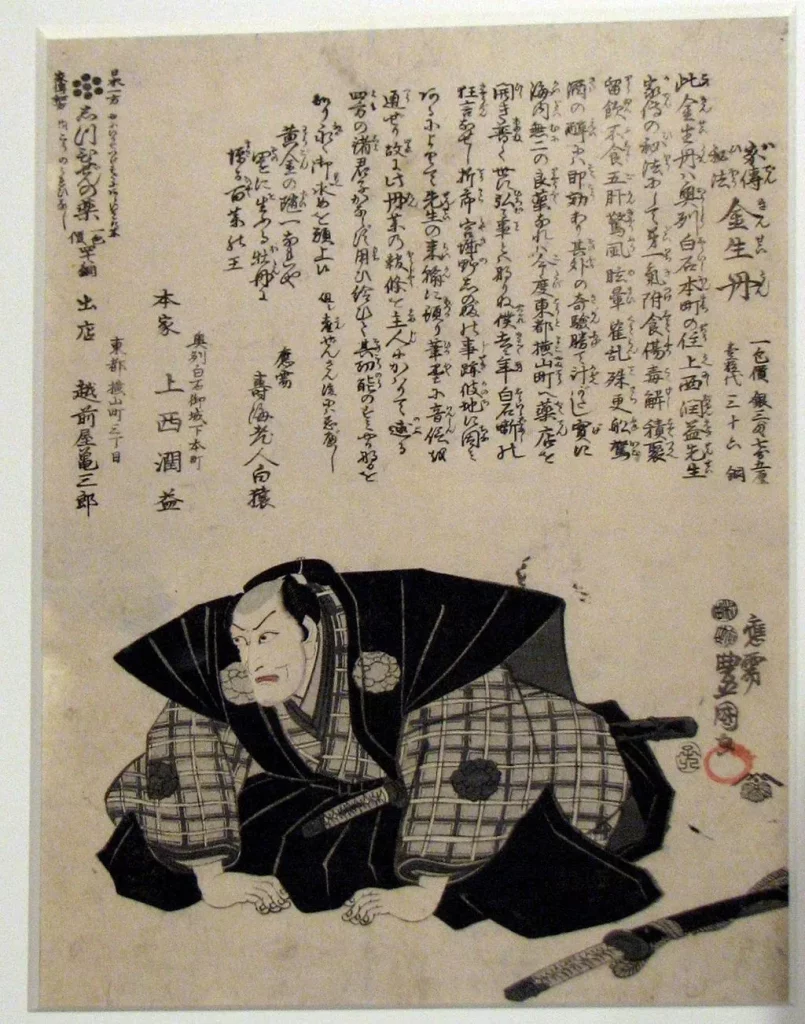Today we’re going to delve into a topic that has piqued the curiosity of many marketing enthusiasts and professionals alike: Why are copywriters called copywriters? You know, those wordsmiths who craft those magical lines that captivate your attention and compel you to take action.
It’s no secret that copywriting is a vital part of the advertising and marketing world. But have you ever wondered about the origin of the term “copywriter” and how this profession came to be?
Well, you’re in for a treat! In this blog post, I’ll explore the fascinating history of copywriting and how the term “copywriter” emerged. We’ll trace its roots from the early days of print media to the digital age, and I’ll show you how this profession has evolved to become an indispensable part of the advertising industry.
So, let’s dive in and unravel the story behind the term “copywriter” and learn why this role is still as relevant and crucial today as it has ever been!
The Birth of Modern Advertising and Copywriting
Advertising has come a long way since its humble beginnings in the 18th century. Back then, newspaper ads were simple, text-based announcements, serving as basic channels for businesses to reach their audience. But as competition grew and businesses recognized the power of persuasion, the language used in these ads started evolving to become more engaging and impactful.
For example, here’s an ad for medicinal practices from 18th-century Japan:

Fast forward to the 19th century, and the advertising landscape was undergoing a massive transformation. The emergence of advertising agencies played a significant role in shaping the industry.
These agencies acted as intermediaries, connecting businesses with newspapers and other media outlets, and helping them create and place their ads. This new business model created a pressing need for skilled professionals who could craft persuasive and appealing ad copy. Enter the copywriters!

Ogilvy, one of the most famous advertising agencies to exist.
The development of modern copywriting can be attributed to a few trailblazing pioneers who revolutionized the way ads were created. One such pioneer was John E. Powers, known as the “Father of Modern Advertising.” He understood the importance of crafting a compelling message that resonated with the target audience, and he was one of the first to employ storytelling in his ad campaigns.
Then we have Claude C. Hopkins, another advertising legend, who introduced the concept of “reason-why” advertising, focusing on the benefits and unique selling points of a product or service. If you haven’t read his book, Scientific Advertising, buy it today.
These early innovators understood that appealing to emotions was far more effective than merely presenting facts. They recognized that tapping into the desires, fears, and aspirations of the consumers was crucial for creating persuasive ads. And so, the shift from factual to emotional appeal in advertising began, paving the way for the copywriting profession as we know it today.
Stay tuned, as I’ll continue our journey into the history of copywriting by exploring the origin of the term “copywriter” and understanding why it’s still relevant in today’s ever-evolving advertising landscape!
The Origin of The Term Copywriter
You might have already guessed that the term is related to the word “copy,” but what does it really mean in the context of advertising? And how did the term evolve to represent this crucial profession in the marketing world?
In the world of journalism and advertising, “copy” refers to the written content or text that appears in newspapers, magazines, and other print media. It’s the compelling combination of words and phrases that convey a specific message, be it news or an advertisement.
The primary responsibility of a copywriter is to create advertising copy that captures the attention of the target audience, persuades them to take action, and ultimately drives sales.
David Ogilvy (I mentioned his agency earlier) was the mastermind behind some of Rolls Royce’s best performing advertisements, like the one below.

Now that we understand the concept of “copy,” let’s explore how the term “copywriter” came into existence. In the early days of print media, editors and journalists were responsible for creating both news and advertising content.
As advertising started evolving and the need for persuasive language grew, specialized writers emerged who focused exclusively on crafting advertising copy. These professionals were called “copywriters” because they were literally writing the “copy” that would appear in the ads.
The term “copywriter” gained prominence as advertising agencies and businesses started recognizing the importance of skilled professionals who could create compelling and persuasive ad copy. It became a widely accepted title for those responsible for crafting the text that makes up an advertisement, and it has remained relevant to this day.
The role of copywriters has evolved over time, but their core responsibility of creating engaging and persuasive content remains at the heart of the profession.
Copywriters Role in Marketing and Advertising
As we’ve seen, copywriters are responsible for crafting persuasive and engaging content, but what exactly does that entail? And how do they collaborate with other professionals to create successful ad campaigns?
Crafting Compelling Headlines and Body Copy
Copywriters play a critical role in creating ad campaigns that capture the attention of the target audience and compel them to take action. They’re the ones who come up with those attention-grabbing headlines and irresistible body copy that resonate with consumers and drive them to learn more about a product or service.
A skilled copywriter knows how to use the power of words to evoke emotions, create a sense of urgency, and ultimately persuade the audience to take the desired action.
Understanding Consumer Psychology and Tailoring Messages Accordingly
An effective copywriter goes beyond just stringing words together. They dive deep into the minds of the consumers, understanding their needs, wants, desires, and pain points.
By tapping into consumer psychology, copywriters can craft messages that truly resonate with the target audience, making their campaigns more impactful and successful. It’s all about knowing what makes your audience tick and tailoring your messaging accordingly.
Collaboration Between Copywriters and Other Professionals
Copywriters don’t work in isolation. They collaborate with other professionals, such as graphic designers and art directors, to create a cohesive and powerful ad campaign.
While the copywriter focuses on the written content, the graphic designer and art director work on the visual elements of the ad. Together, they ensure that the message is effectively communicated through both the copy and visuals, creating a harmonious and engaging experience for the audience.
Final Thoughts on Copywriting and Its Origin
Copywriting is a fascinating and high-paying profession. Yet, so many don’t even know what a copywriter is or what they do. They are one of the most impactful roles in any marketing and advertising team, driving a bulk of the performance.
I’ve been copywriting for 10+ years and have helped drive millions of dollars for clients all around the world. If you want to learn how to write effective sales copy or make a living writing, check out my online courses.














